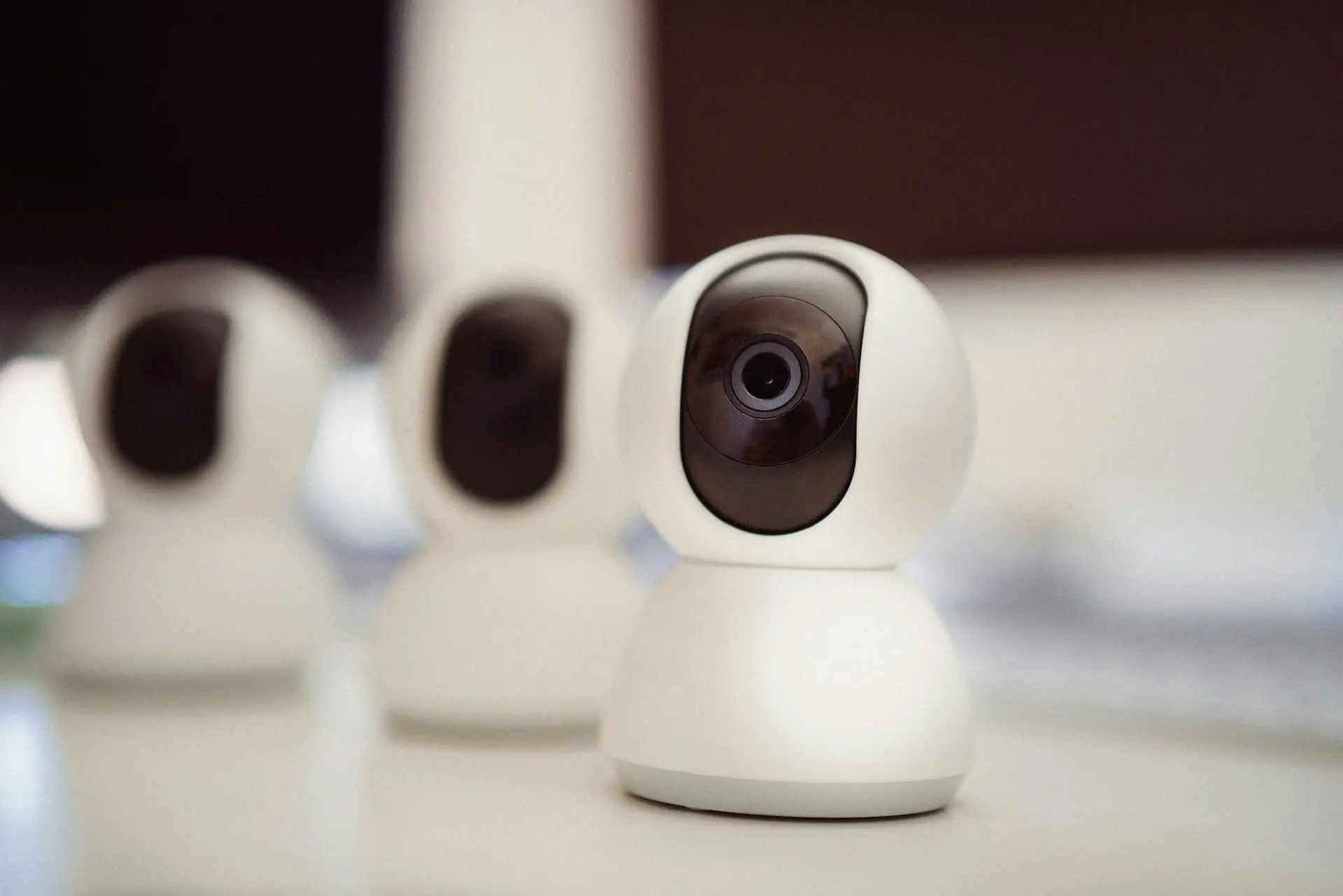
1. What is smart home connectivity?
Interconnection means that smart devices of different brands and types work together through a unified platform to achieve automatic control, information sharing and scene linkage. For example, when the smart door lock is opened, the lights automatically turn on and the air conditioner starts running. This is the embodiment of a seamless ecosystem.
2. Common Internet Protocols
- Wi-Fi and Bluetooth : Suitable for most consumer devices, simple to operate but requires high network stability.
- Zigbee and Z-Wave : low power consumption, strong stability, suitable for a large number of sensors and automation scenarios.
- Matter Protocol : A new standard jointly launched by Apple, Google, Amazon, etc., aimed at solving device compatibility issues.
3. Key Strategies for Building a Seamless Ecosystem
- Choose devices that support open protocols : Purchasing devices that support the Matter, Zigbee, or Google Home platforms can reduce subsequent compatibility issues.
- Unified control platform : Use centralized control platforms such as Apple HomeKit, Google Home, Amazon Alexa, etc. to achieve unified voice and app control.
- Scenario automation configuration : Combine sensors, time and environmental conditions to preset scenarios such as "Away Mode" or "Sleep Mode" to enhance the smart experience.
4. Common Misunderstandings and Solutions
- Brand incompatibility : Before purchasing, confirm whether the device supports the unified platform or communication protocol.
- Device response delay : Optimize home network layout, avoid router blind spots, and use repeaters to strengthen signals.
5. Conclusion
A true smart home is not just about the intelligence of a single device, but also about the coordinated operation of the system. By achieving interconnection between devices, we can create a more efficient, comfortable and personalized smart life ecosystem.
